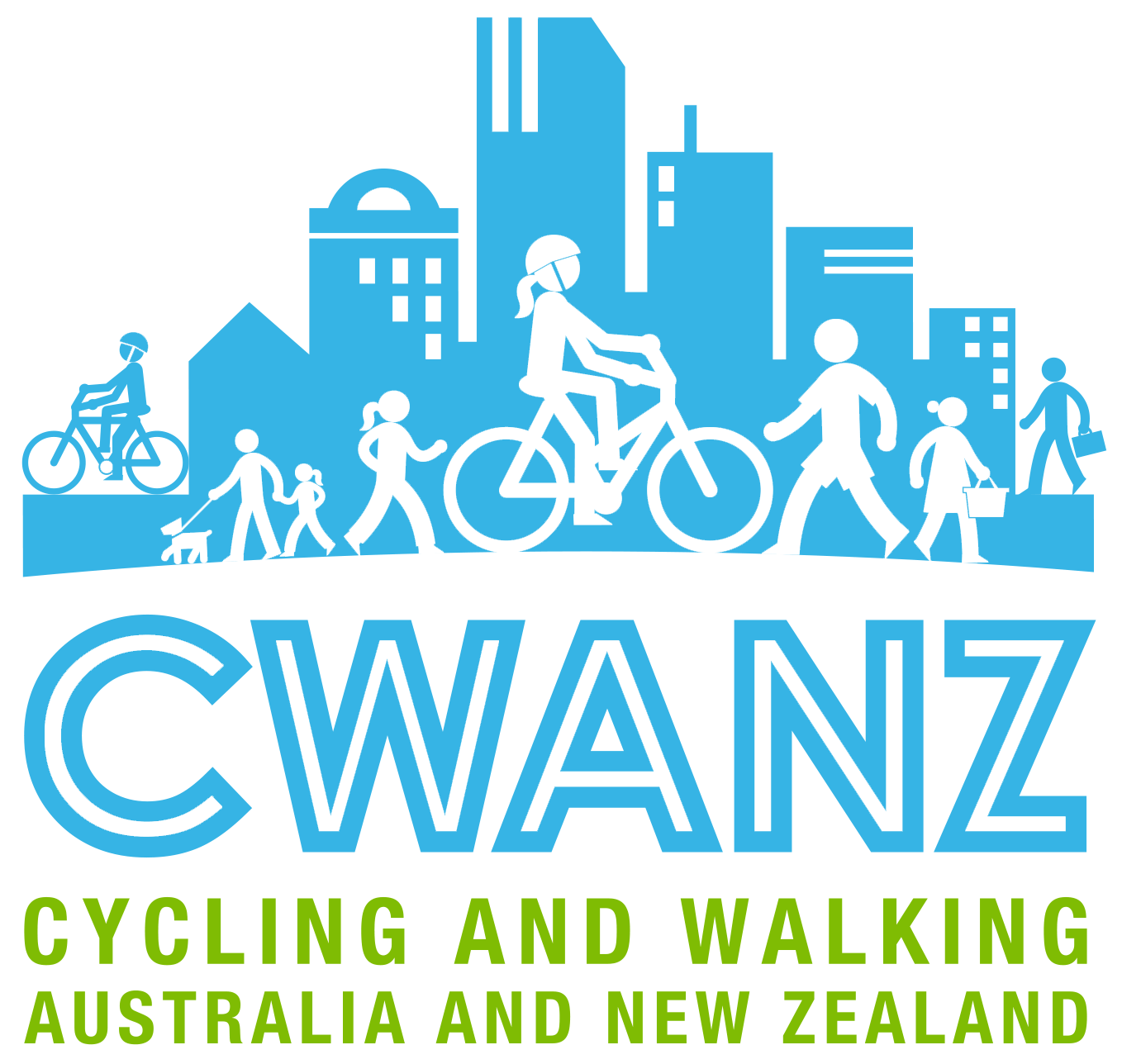LOCATION: Multiple busy shopping strip centres
SPEED REDUCTION: 50 km/h to 40km/h
MUNICIPALITY: Multiple
STATE & COUNTRY: Victoria, Australia
SCHEME INCLUDED:
- Electronic variable speed signs
- Advance warning signs
DATE IMPLEMENTED: Various
COST: Not available
ADDITIONAL INFORMATION: Introduced in areas of high pedestrian activity
LESSONS LEARNED:
- There was a 14% average reduction in the rate of all casualty crashes (per km per day) after introduction of the 40 km/h zones
- The reductions in crash rate were similar for crashes occurring at midblock locations (17% reduction in crashes per km per day), however there was no significant reduction in crashes at signalised intersections
- The casualty crash reduction was largest for casualty crashes that involved vehicles only (20% reduction in the incidence rate)
- There was no significant effect on the incidence rate of pedestrian-involved crashes
- There was no statistically significant change in the rate of cyclist-involved crashes
- There was a 14% reduction in the rate of cyclist-involved casualty crashes at midblock locations and a 48% increase in the rate of crashes involving cyclists at signalised intersections.
- The greates reduction in crashes occurred on straight roads, with sheltered parking on both sides of the road and with fewer off-street parking facilities
- Crash reduction was greater on roads without a painted chevron median (that is, roads with either no median, a raised island median, or a median with a tram) and without a tertiary education institution present.
- The odds of a casualty crash reduction occurring after treatment were almost five times higher on roads with railway stations compared to roads without railway stations.
